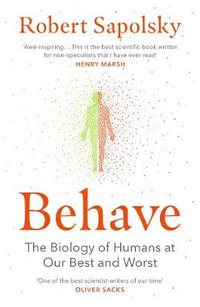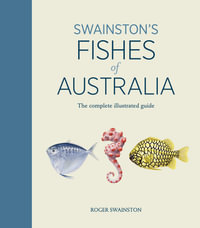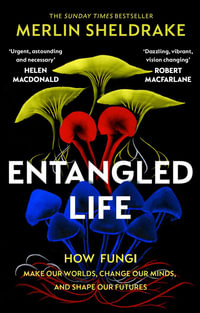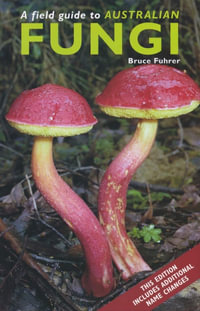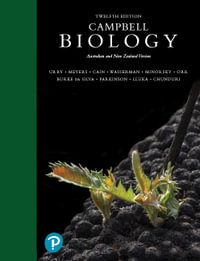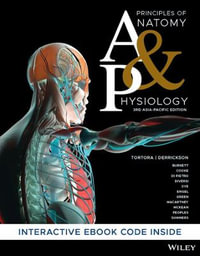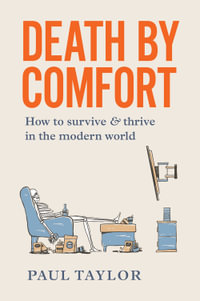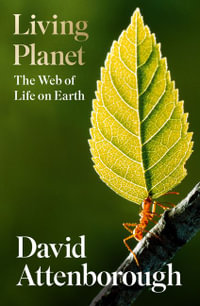Handbook of Algal Science, Microbiology, Technology and Medicine provides a concise introduction to the science, biology, technology and medical use of algae that is structured on the major research fronts of the last four decades, such as algal structures and properties, algal biomedicine, algal genomics, algal toxicology, and algal bioremediation, algal photosystems, algal ecology, algal bioenergy and biofuels. It also covers algal production for biomedicine, algal biomaterials, and algal medicinal foods within these primary sections. All chapters are authored by the leading researchers in their respective research fields.
Our society currently faces insurmountable challenges in the areas of biomedicine and energy in the face of increasing global population and diminishing natural resources as well as the growing environmental and economic concerns, such as global warming, greenhouse gas emissions and climate change. Algae offer a way to deal with these challenges and concerns for both sustainable and environment friendly bioenergy production and in biomedicine through the development of crucial biotechnology.
- Provides an essential interdisciplinary introduction and handbook for all the stakeholders engaged in science, technology and medicine of algae
- Covers the major research streams of the last four decades, ranging from algal structures, to algal biomedicine and algal bioremediation
- Fills a significant market opening for an interdisciplinary handbook on algal science, technology and medicine
Industry Reviews
"This volume is structured into the following parts: Introduction, an overview of the book (Part I); Algal Structures, providing the information on the structure and properties of algal species such as Euglena gracilis, Northwest Atlantic seaweeds, and fucoid algae,(Part II); Algal Genomics, including metabolic engineering of cyanobacteria for biomaterials, macroalgal,genomics on Euglena, and essence of stress phenomena of diatoms and haptophytes by omics approaches (Part III); Algal Photosystems and Photosynthesis,introducing the photosynthesis research on diatoms and cyanobacteria (Part IV); Algal Ecology, presenting studies on coastal management in the Mediterranean Sea with macroalgae, roles of phytoplankton for aquatic ecosystem functioning, and CO2 biomitigation by microalgae culture technology(Part V); Algal
Bioenergy and Biofuels, discussing the applications of microalgae to produce feedstocks for biodiesel and hydrogen products, bioelectricity with algal microbial fuel cells, and bioethanol production with green macroalgae (Part VI); Algal Biomedicine, reviewing the research and applications of algal bioactive compounds in medicine, cyanobacterial products for drug discovery and other biomedical uses, bioactive seaweed substances for health benefits, and alginates for wound care and treatment (Part VII); Algal Foods, using algal biomass for both food and feed products (Part VIII); Algal Toxicology, discussing the toxic effects of harmful algal blooms for aquaculture, cyanobacterial toxins and their impacts on human and animal health, origin of crab toxin and food poisoning by poisonous crabs, and microcystins and their effects on environment and human heath (Part IX); and Algal Bioremediation,reporting the applications of algae for bioremediation, including cyanobacteria for biosorption, bioaccumulation, and detoxification of persistent organic pollutants, microalgae for wastewater treatment, algal bioremediation of heavy metals and dyes, and biosorption of toxic chemicals by Sargassum macroalgae (Part X).
In summary, this handbook is a valuable tool for booming algal research and its various applications." --Quarterly Review of Bilogy


